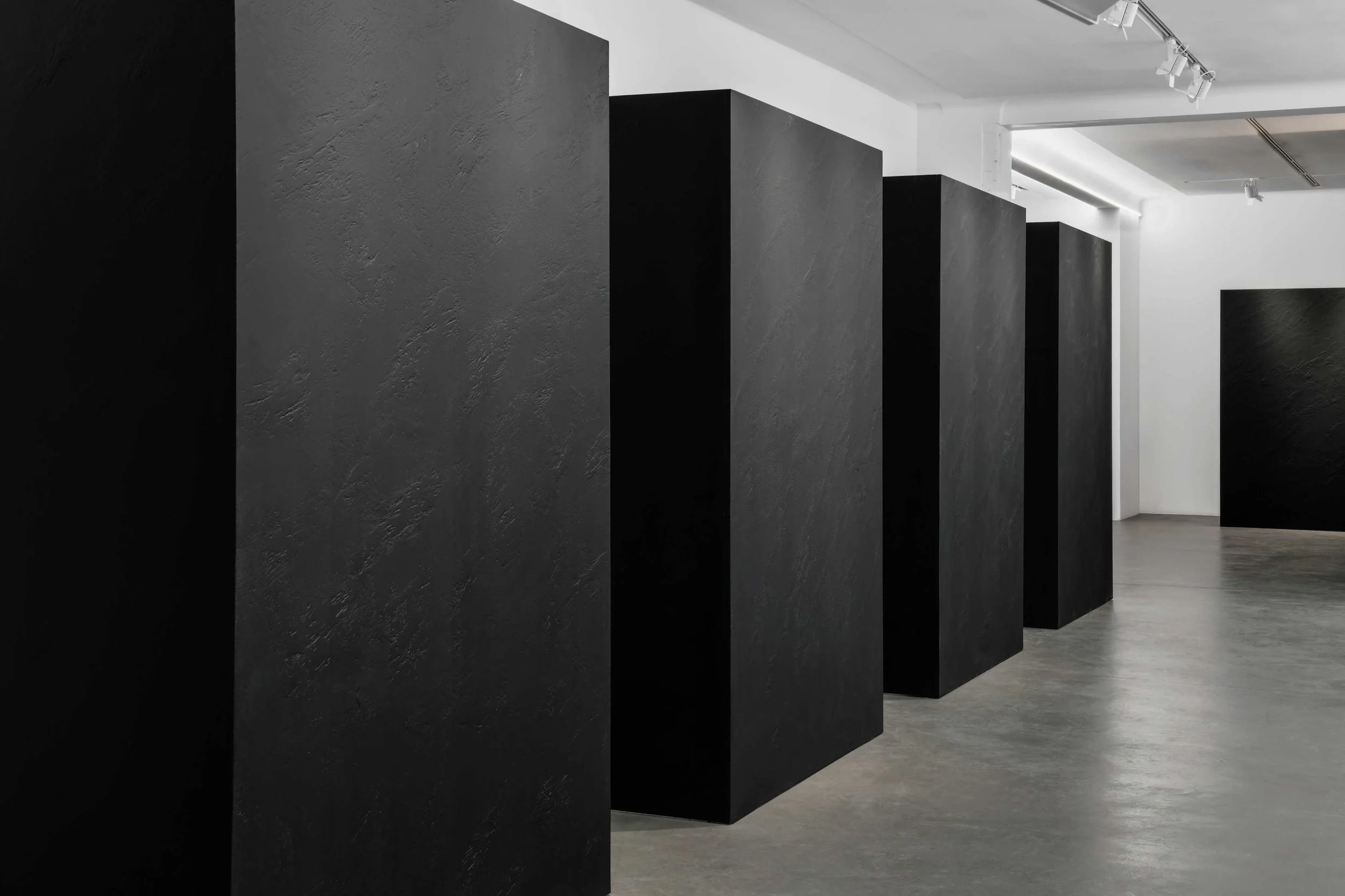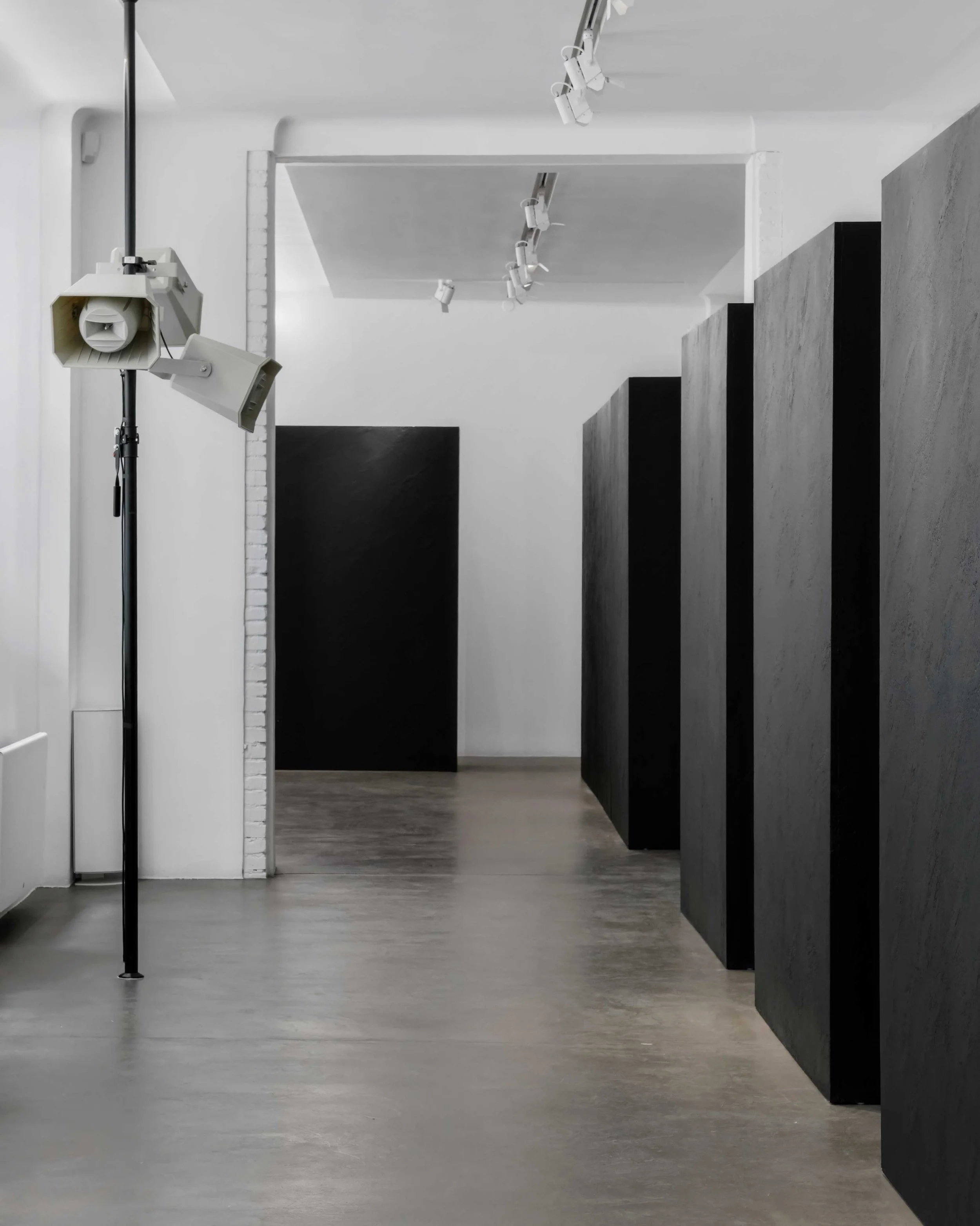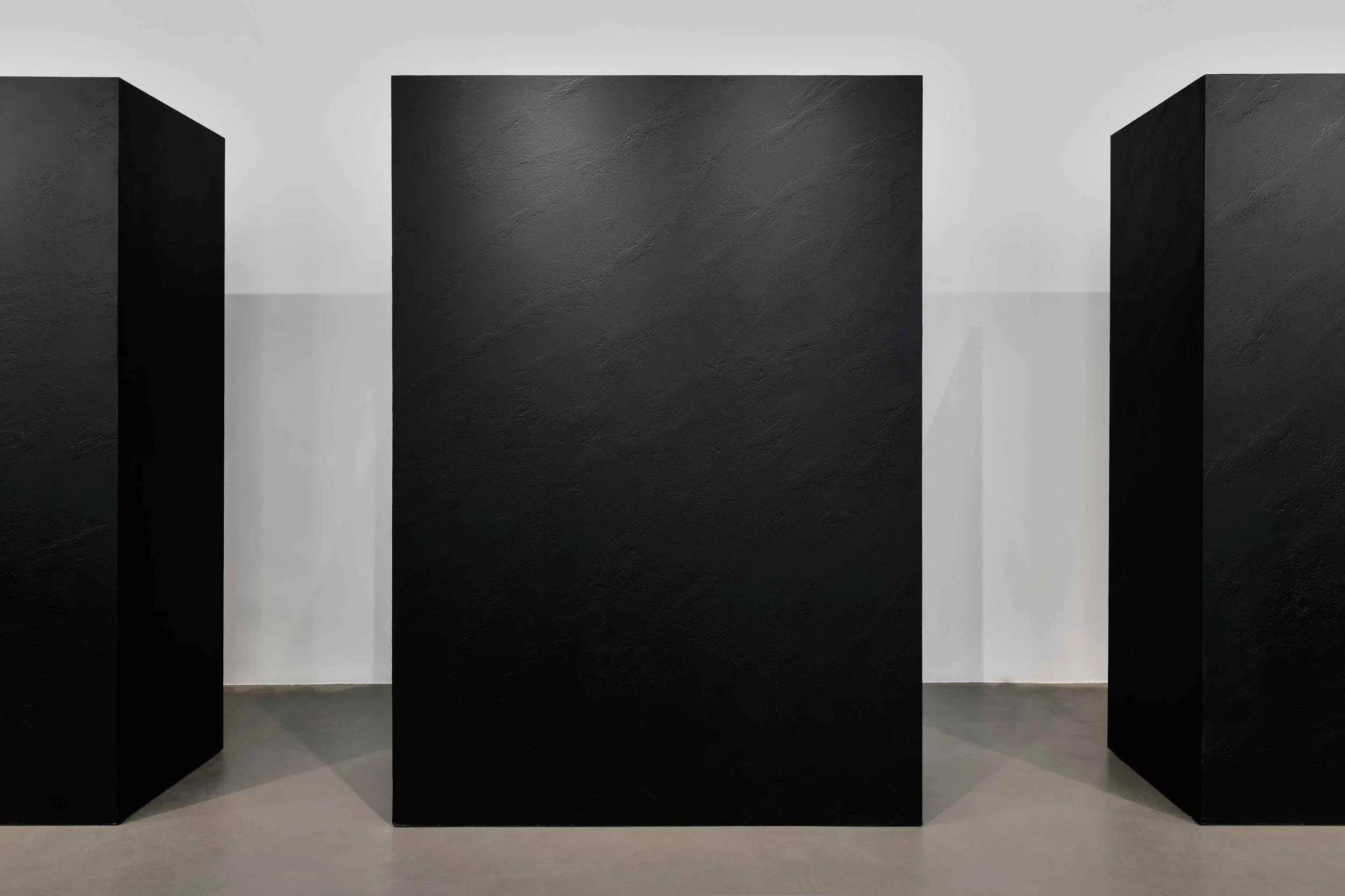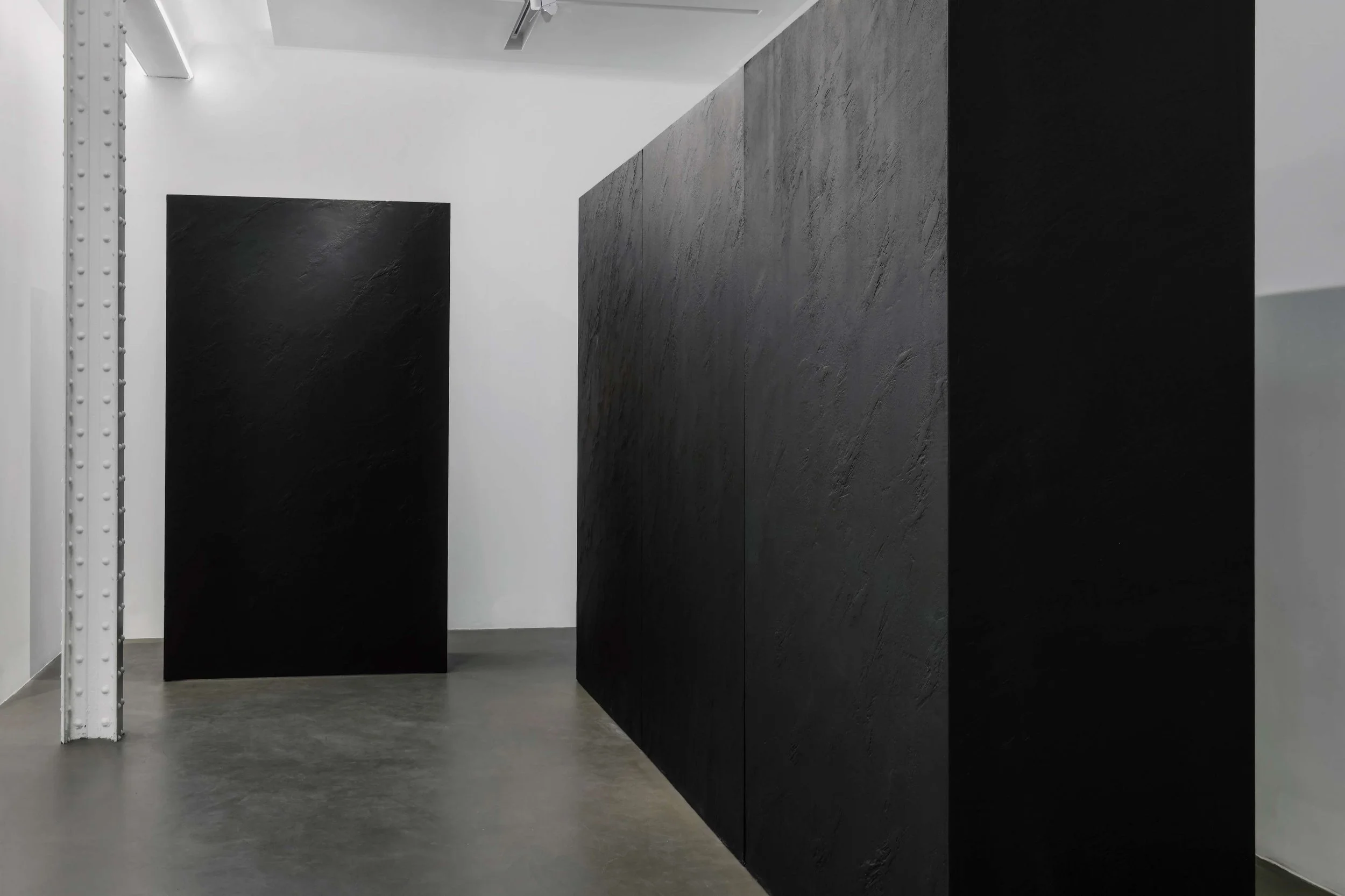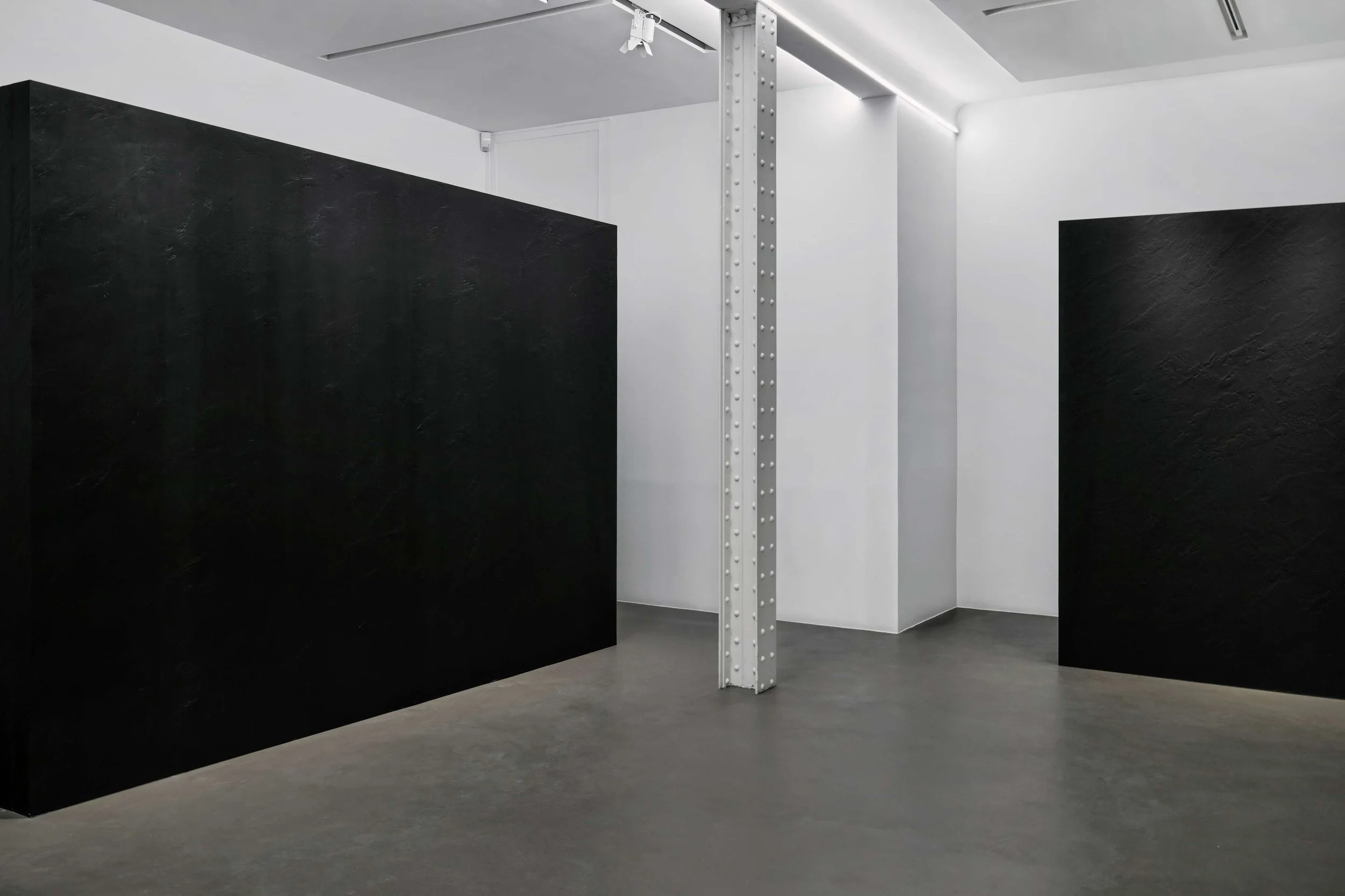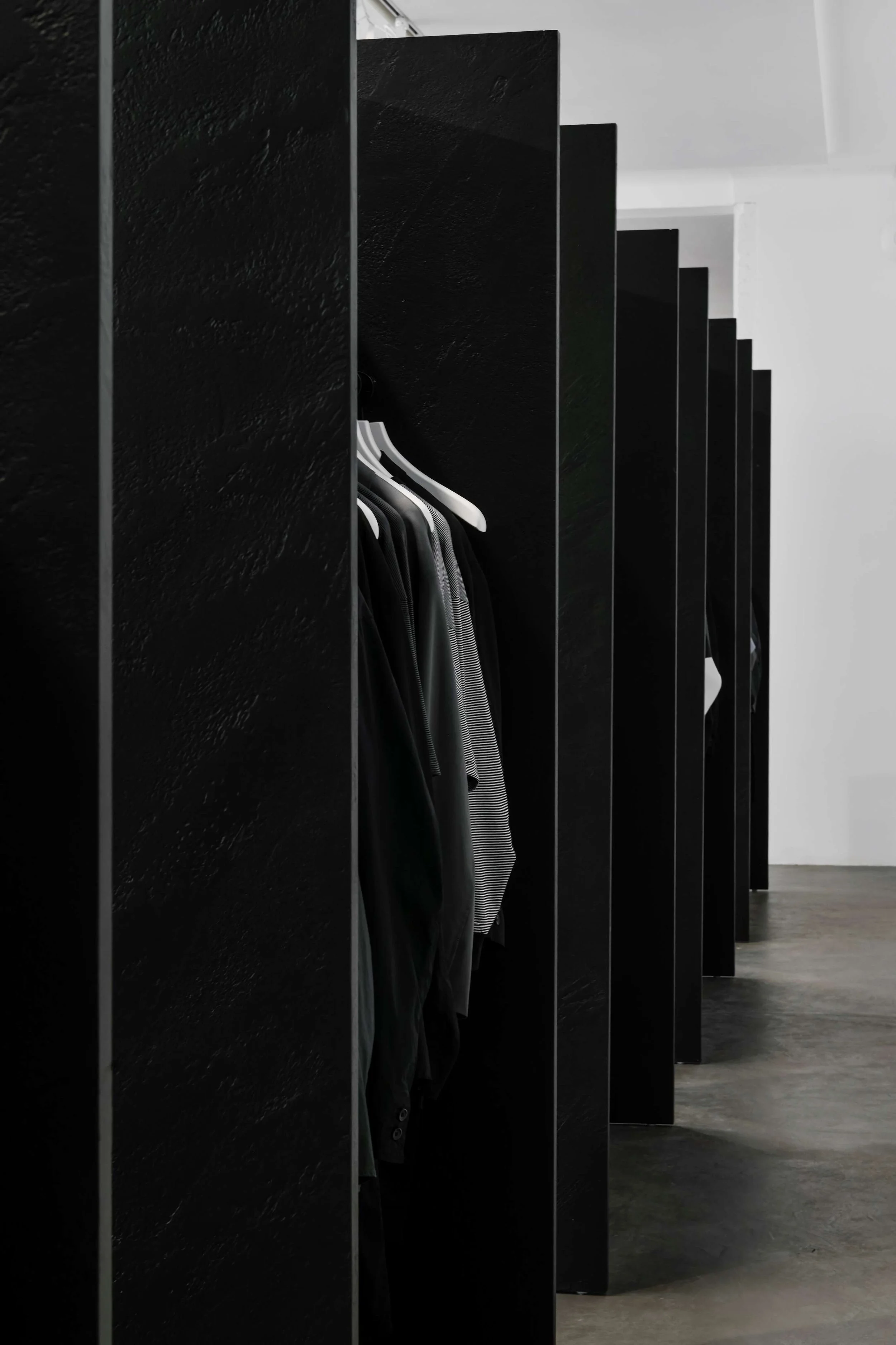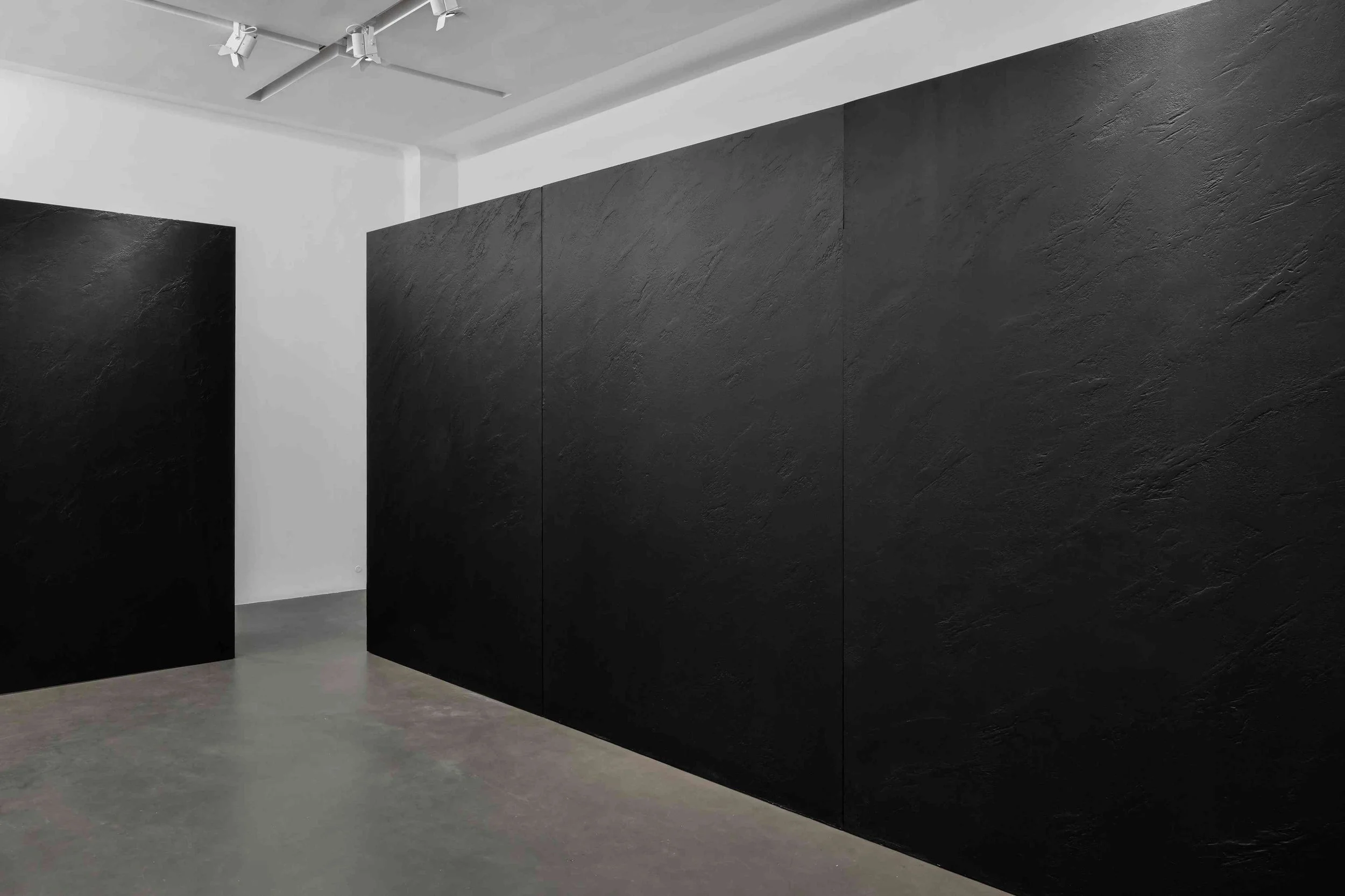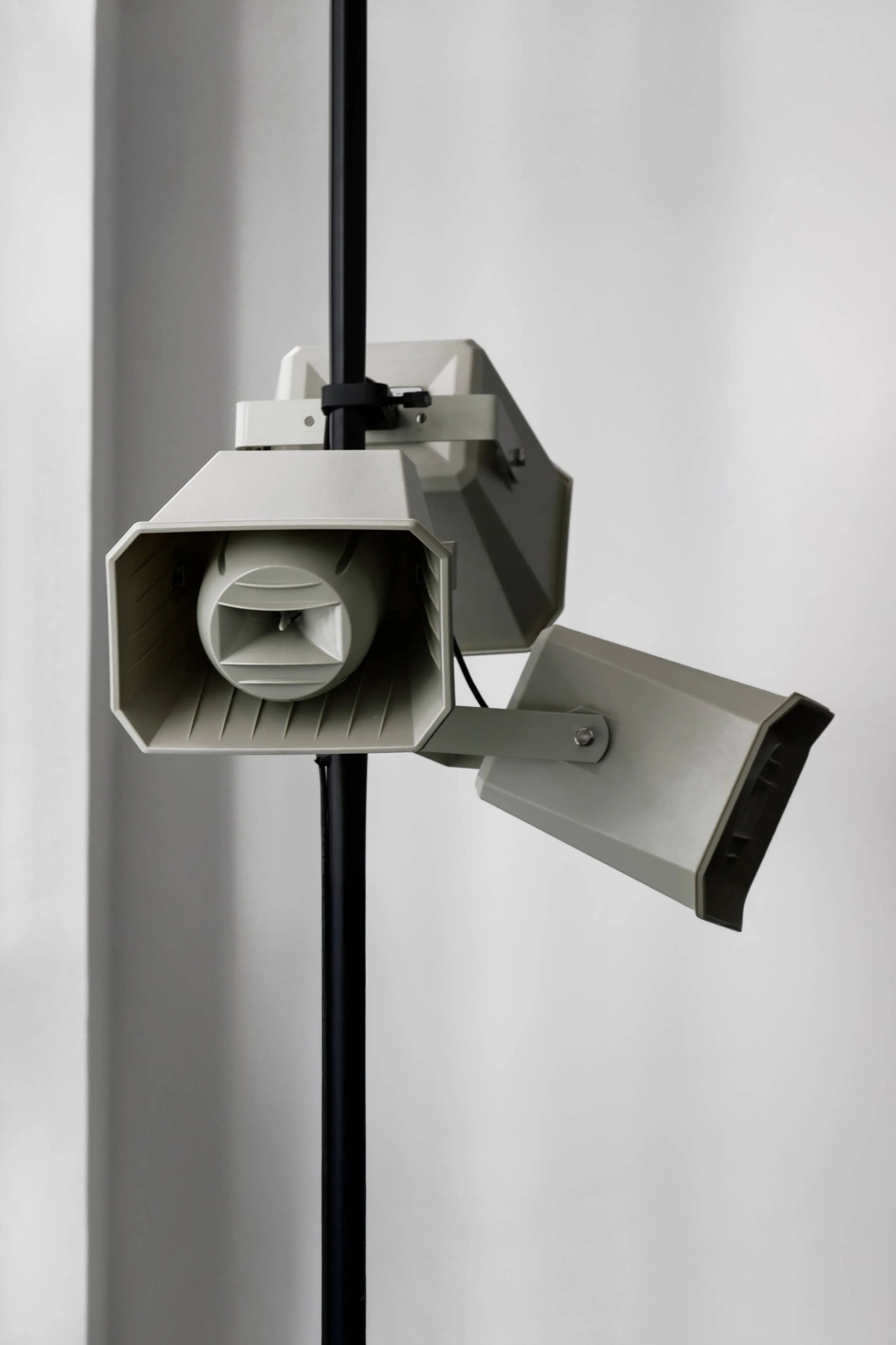'FORM FOLLOWS FICTION' by ILL-STUDIO in collaboration with GRAPHPAPER
FORM FOLLOWS FICTION is a response to time and perception. A project by ILL-STUDIO in collaboration with GRAPHPAPER that treats garments not as products, but as sites of accumulation. Meanings attach, detach, mutate. There is no origin story here, only what has settled over time, and what might still shift.
How did you approach the balance between function and visual in this project?
Thomas Subreville: This project intentionally rejects the idea that representation must obey design, or that form should obediently serve function. I don’t see aesthetics as something fixed or objective; it’s shaped far more by the viewer’s perception than the designer’s intention. In that sense, form is just a mutable surface onto which meaning gets projected, distorted, reshaped by context, emotion, cultural baggage and personal associations. Take a white T-shirt: it’s never just a white T-shirt. Its meaning mutates depending on who’s looking, where they’re from, what they’ve lived, the music they listen to etc. The form and material don’t change, but its interpretation is endlessly unstable, fluid, contingent, and in constant flux. With that in mind, I wanted to create an environment that doesn't dictate function or meaning but invites projection. Something that feels and sounds blank, ambiguous, and reactive. I’m not particularly interested in design as a discipline. I’m interested in perception. Design doesn’t matter until objects acquire personal meaning and collective significance. It doesn’t exist in isolation from context.
The space feels clinical but also theatrical, almost like a laboratory for altered realities. What references or atmospheres you wanted to evoke?
Thomas Subreville: The space is deliberately underwhelming at first. It feels empty, even sterile. It uses the language of reduction: monochrome, stillness, silence. But not in pursuit of purity or performance. It’s more a reaction to what I’d call “aesthetic fatigue“: this constant visual saturation we all live in, where form and content collapse into pure image, and visuals have overtaken language as our primary way of decrypting the world. In that sense, the space becomes a kind of substitute for images. A setting where the viewer’s own expectations, biases, and memory do the work. Theatrical in theory and quiet in structure.
The phrase “Form Follows Fiction” implies a reordering of priorities, placing narrative ahead of utility. Do you see this as a larger design principle or something specific to this context?
Thomas Subreville: Absolutely, it’s both a broader principle and something that feels especially relevant in this context. “Form Follows Fiction” suggests that everything is shaped by belief systems, by mythologies, by the unseen frameworks through which we interpret the world. Of course, that doesn’t mean that design is obsolete, but that it operates as a kind of soft architecture that guides perception. More generally, in my practice, I don’t design things, I imagine the context around them. The cultural, emotional, or speculative conditions that give them significance. In that sense, “fiction” becomes a tool for reprogramming what objects were intended to be.
Can you speak about the use of materials and sound, how they help convey the concept without becoming illustrative?
Thomas Subreville: The whole idea revolves around treating garments not as fixed designs, but as active documents of personal identity and collective symbolism. In this context, each blank piece of clothing is stored within a black monolithic structure. These containers work to neutralize any immediate aesthetic reading, encouraging the viewer to confront their own projections rather than consuming the garment purely as image. For me, this is what fashion should be about. Not prescribing identity, but holding space for it. The soundscape follows a similar logic. It is deliberately non-musical. It’s composed as a sonic monochrome made only of white noise and drifting sine-wave frequencies. As a neurodivergent person, I often use pure-tone frequencies as a kind of auditory anchor for focus and imagination. Much like the physical space, the soundscape is shaped by the listener’s attention or inattention, conversations, and associations. It plays through a series of siren speakers, not originally intended for music, but for alarms and public announcement messages. Both materials and sound are stripped of explicit symbolism or figurative cues. They’re not there to explain the work, but to create conditions in which people can interpret it for themselves.
A conversation with Thomas Subreville, founder and creative director of ILL-STUDIO.
Photography by Ophélie Maurus
Words and interview by DONALD GJOKA
What to read next


